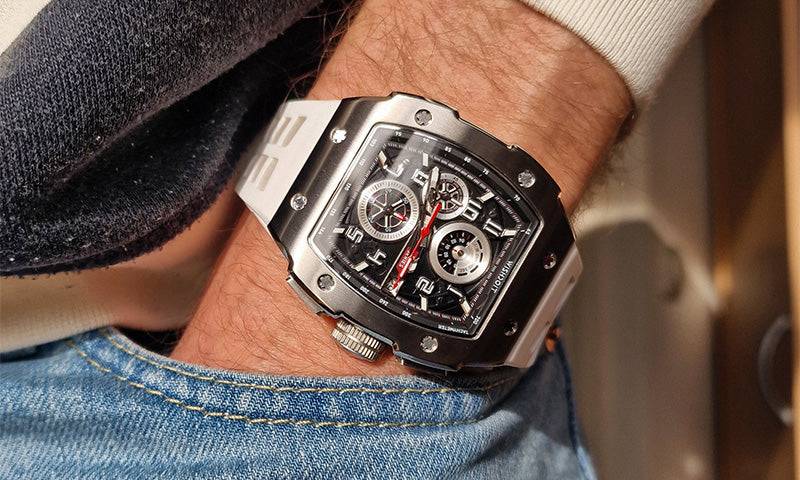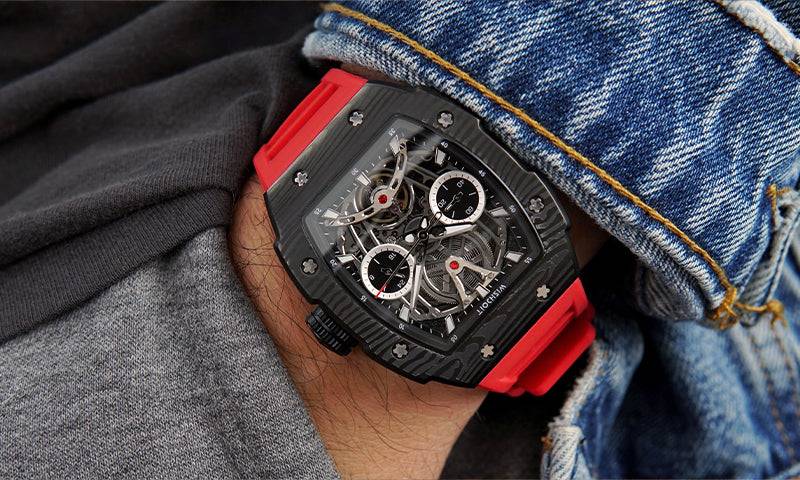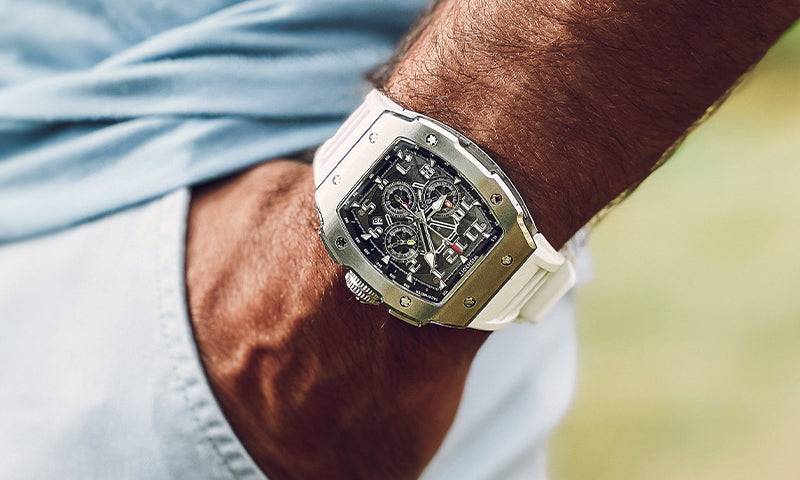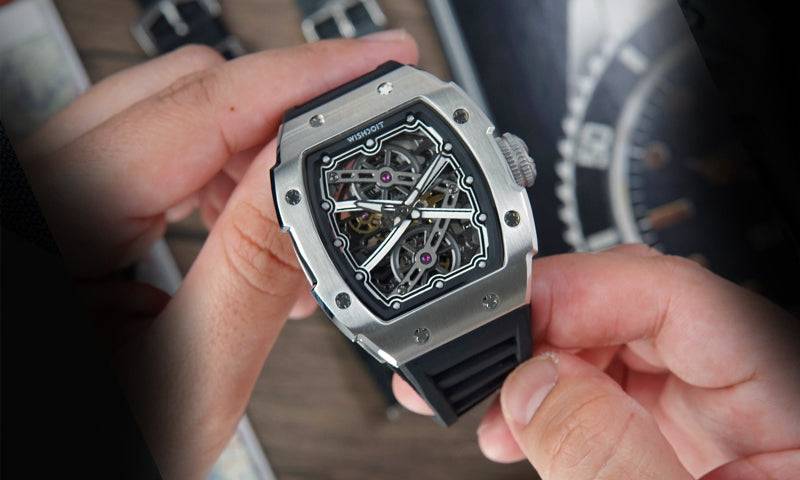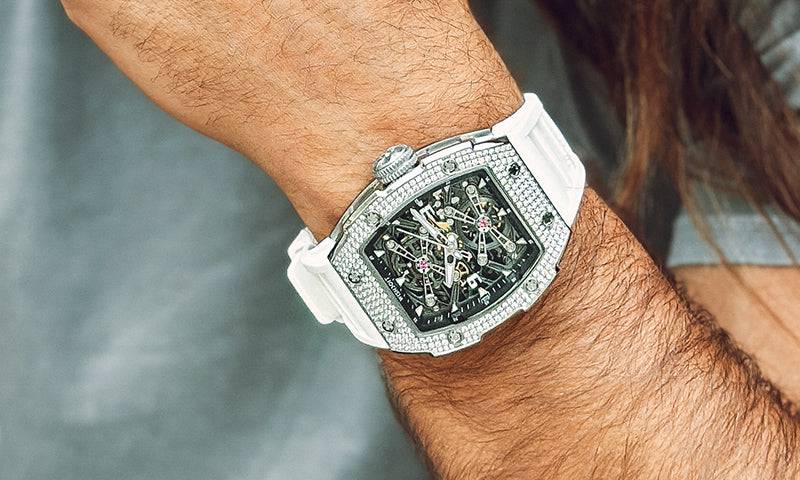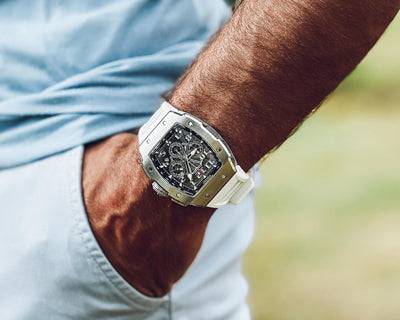The digital watch is a staple of modern timekeeping, offering accurate and reliable timekeeping in a convenient, wrist-worn package. But who exactly can claim credit for inventing this ubiquitous device?
The origins of the digital watch can be traced back to the 1950s and 1960s, when electronic technologies were just beginning to take hold. At the time, most watches were still based on traditional mechanical movements, which relied on gears and springs to keep time.
However, a handful of inventors and engineers were working on developing electronic watches, which used tiny electronic components like transistors and quartz crystals to keep time. One of these early pioneers was John Bergey, who patented a digital watch design in 1956.
Bergey's design was simple and elegant, featuring a digital readout that displayed the time using numbers instead of hands. However, the technology of the time was not yet advanced enough to allow for mass production of digital watches, and Bergey's invention remained a curiosity.
It wasn't until the 1970s that digital watches really took off, thanks in large part to the efforts of a Japanese watchmaker named Seiko. In 1973, Seiko introduced the world's first mass-produced digital watch, the Seiko 06LC, which featured a sleek, futuristic design and a cutting-edge quartz movement.
The Seiko 06LC was a sensation, and other watchmakers quickly followed suit, introducing their own digital watch designs to capitalize on the trend. In 1975, Pulsar introduced the world's first LED digital watch, which used tiny light-emitting diodes to display the time in red numbers.
Over the next few years, digital watches continued to evolve and improve, with new features like alarms, chronographs, and even calculators being added to some models. By the 1980s, digital watches had become ubiquitous, with millions of people around the world wearing them on their wrists.
Today, digital watches are still popular, although they have been largely eclipsed by smartwatches, which offer a host of additional features like smartphone connectivity, fitness tracking, and voice assistants.
Despite this, the digital watch remains an enduring symbol of technological innovation and progress, and its invention has paved the way for countless other electronic devices that we rely on in our daily lives.
In conclusion, while the digital watch may have been invented by John Bergey in the 1950s, it was the Japanese watchmaker Seiko that really brought the technology to the masses with their groundbreaking 06LC model in 1973. Since then, digital watches have become a mainstay of modern timekeeping, offering accurate and reliable timekeeping in a sleek and convenient package. Whether you're a fan of traditional mechanical watches or prefer the convenience of a digital timepiece, it's hard to deny the impact that this revolutionary invention has had on the world of horology.




